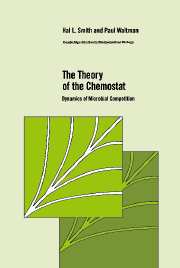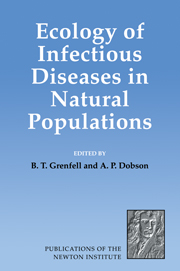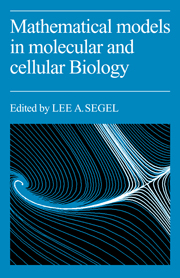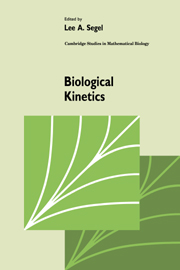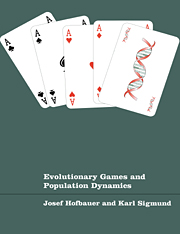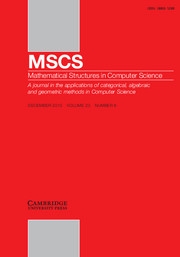The Theory of the Chemostat
The chemostat is a basic piece of laboratory apparatus, yet it has begun to occupy an increasingly central role in ecological studies. The ecological environment created by a chemostat is one of the few completely controlled experimental systems for testing microbial growth and competition. As a tool in biotechnology, the chemostat plays an important role in bioprocessing. This book presents the theory of the chemostat as a model for larger ecological problems such as food chains, competition along a gradient, competition in the presence of an inhibitor, and the effects of time varying inputs. Mathematical models that take account of size structure, variable yields, and diffusion are also considered. The basic phenomena are modeled and analyzed using the dynamical systems approach. New directions for research and open problems are discussed. Six appendices provide an elementary description of the necessary mathematical tools.
- Mathematical models of competition
- Dynamical systems approach
- Mathematical techniques explained in detail
- Future directions and open questions discussed
Reviews & endorsements
"...a logically ordered and mathematically rigorous explication of the chemostat theory in terms of ODEs...the book can be recommended as a valuable source of reference for students, teachers, and researchers..." D.O. Logofet, Mathematical Reviews
"If you work with microbial systems and contend with dynamic and competition phenomena, this book will serve as a good, concise reference for problemas and approaches that are applicable to many fundamental and applied areas...Getting a copy for yourself or in the library would be worthwhile." Michael Domach, Journal of the American Chemical Society
"I...enthusiastically recommend this monograph to both scientists and mathematicians planning to do research related to chemostat-like models, for whom I think it will be indispensable." Gail S.K. Wolkowicz, Bulletin of Mathematical Biology
"The Theory of Chemostat by Smith and Waltman, two of the leading authorities on the thoery of the chemostat, provides an outstanding introduction to this thoery. Starting from the simplest models of the well-stirred chemostat, they lead the reader from the basic theory, through many of its elaborations, up to the frontiers of current research and many open questions and unsolved problems....This well-written, well-organized book is destined to become a classic in mathematical biology." J.M. Cushing, SIAM Review
Product details
January 1995Hardback
9780521470278
332 pages
237 × 158 × 21 mm
0.616kg
42 b/w illus. 5 tables
Available
Table of Contents
- 1. The simple chemostat
- 2. The general chemostat
- 3. Competition on three trophic levels
- 4. The chemostat with an inhibitor
- 5. The simple gradostat
- 6. The general gradostat
- 7. The chemostat with periodic washout rate
- 8. Variable yield models
- 9. A size-structured competition model
- 10. New directions
- 11. Open questions
- Appendix A. Matrices and their eigenvalues
- Appendix B. Differential inequalities
- Appendix C. Monotone systems
- Appendix D. Persistence
- Appendix E. Some techniques in nonlinear analysis
- Appendix F. A convergence theorem.

